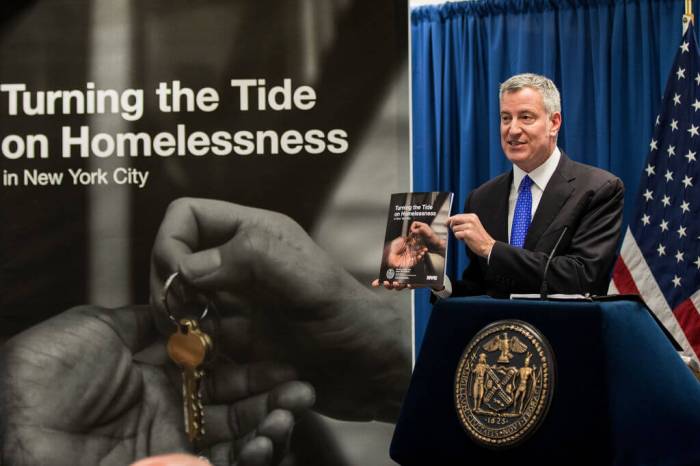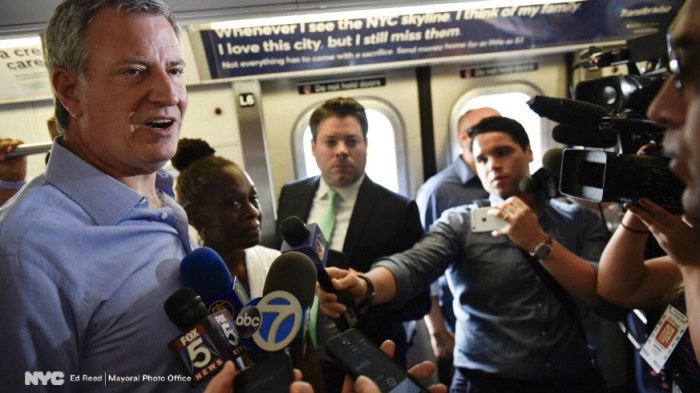MTA numbers released Monday morning confirm what subway commuters in New York already know: more people are riding the trains than ever before. The new numbers show 1.751 billion people rode New York City subways in 2014, and subway ridership grew by 2.6 percent last year in the highest jump in more than 65 years.
The soaring numbers break down to 5.6 million riders on an average weekday, and 6 million on weekends. The highest increases were seen in Bushwick and Long Island City — two neighborhoods with fast residential and population growth. Brooklyn leads the five boroughs, with more than 31,000 more riders per weekday for a 2.7 percent increase.
Nathan Gibson, a 7 train rider from Sunnyside, said construction consistently adds extra time to his commute.
“The worst thing is that when they only run express on a section because sometimes I have to go all the way out past my stop and take a local train back in the other direction. That can really be a pain because it gets real busy too … I’ve remedied this by leaving an extra 20 minutes … it would nice to get that time back though.” “Every morning I take the F train, and it’s become so incredibly crowded during rush hours I’m not the least bit surprised to hear that ridership has grown at record levels,” said Lauren Houston, a member of advocacy group Riders Alliance. With great ridership, comes great responsibility. MTA Chairman and CEO Thomas Prendergast said the high number of riders means it’s harder for the MTA to balancing running the system and while keeping delays and overcrowded trains low. “The renaissance of the New York City subway is a miracle for those who remember the decrepit system of the 1970s and 1980s, but moving more than 6 million customers a day means even minor disruptions now can create major delays,” MTA Chairman and CEO Thomas Prendergast said in a statement. “We are aggressively working to combat delays and improve maintenance, but the ultimate solution requires investing in infrastructure upgrades such as communications-based train control signaling systems to accommodate every one of our growing customers.” Right now, the L is the only line run by the automated control system. The MTA is working to bring the technology to the 7 line in Queens. Work is set to wrap up in 2017, and the service interruptions have been a point of contention for riders and elected officials. “This demonstrates the subways are serving their exact purpose, to move a lot of people,” said Gene Russianoff, staff attorney for the Straphanger’s Campaign. “I think the rising number is good for the economy, and admittedly a mixed blessing for the riders.” Russianoff said fare discounts, capital programs to enhance service and a dramatic drop in crime are likely the long term factors that make subway ridership so high today.
“There were 19,000 reported felonies (in the subways) in the 1990s, and now that number is down in the 2,600 range, hence all these hipsters going clubbing at midnight, midweek,” Russianoff said. “That lifestyle was not the case for me when I was a young adult.” In March, the MTA raised MetroCard fares, as well train tickets and area bridges and tunnels. The higher rates are part of what the MTA calls a series of biannual “modest, predictable, regularly scheduled increases,” and will fund in part the $15.2 billion gap in the 2015-2019 Capital Program.
More riders, more problems: MTA says high ridership leads to operational challenges

Bess Adler, Metro


















